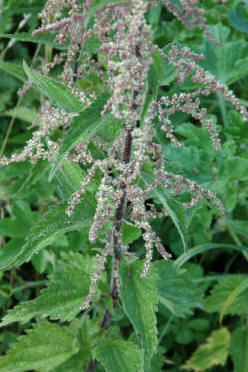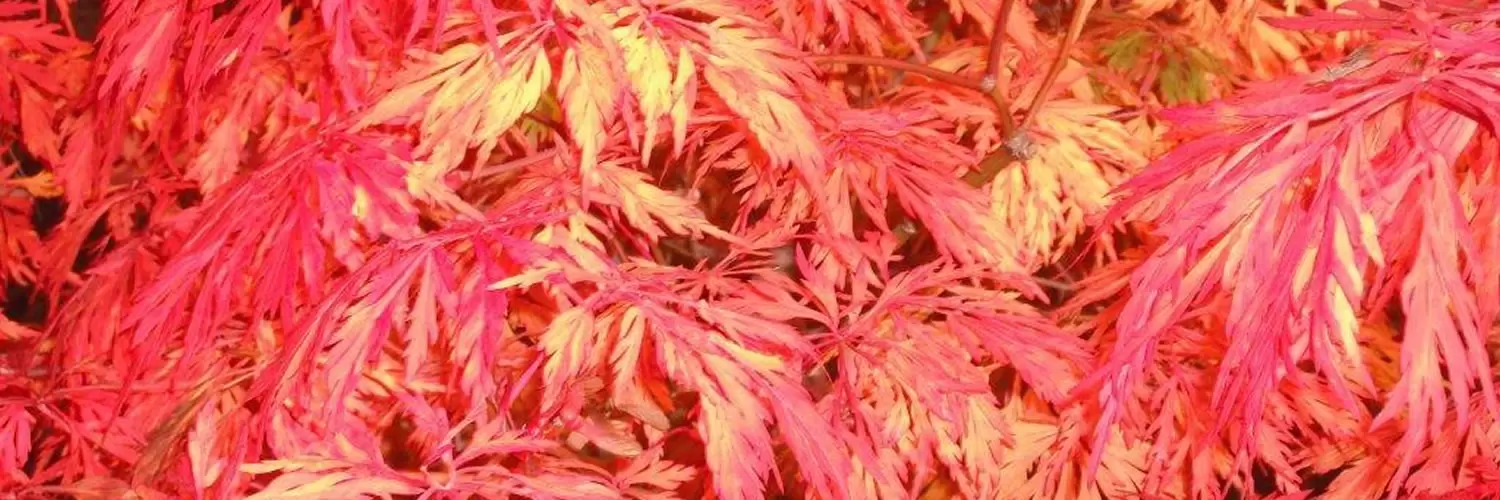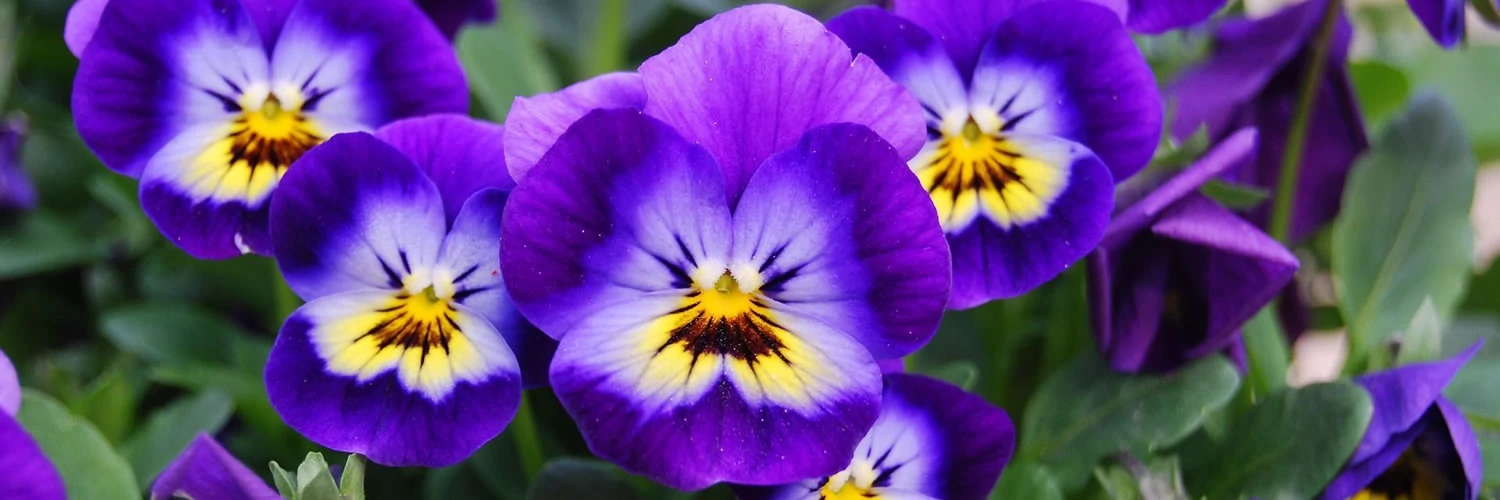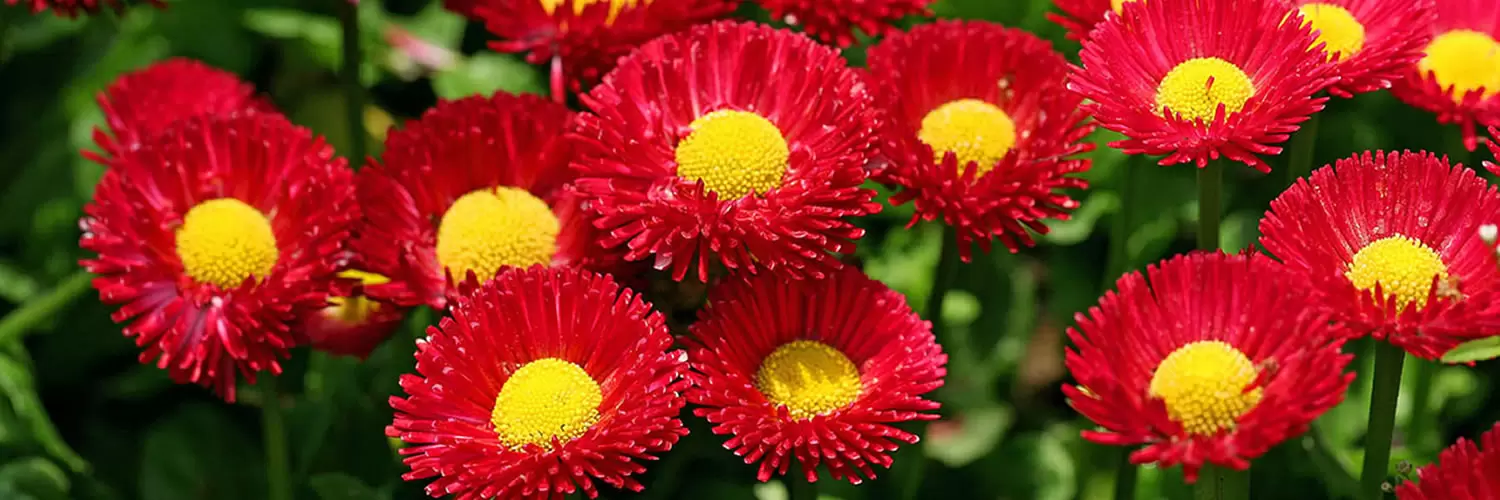Stinging nettles - Urtica dioica -usually populate uncultivated ground, but often find their way into gardens - particularly around the edge of cultivated areas, or at the base of walls.
Whilst they are nasty plants to handle and deal with, they are relatively easy to kill - either by chemical or cultivation methods.

It is as well to understand a little about stinging nettles before deciding which way to go about killing it. Most will be aware that they can give rather nasty stinging rash, and this will develop into quite a severe problem with repeated exposure. Dock leaves rubbed on the affected areas are said to alleviate the pain. Try it and see! Does it work or just a placebo effect? The Dock leaf has no known remedy for the cure of Nettle Stings, However, the sting in the nettle is Formic Acid and Formic Acid is dispursed with heat, therefore the rubbing causes friction heat. Far far better to avoid being stung in the first place. The only real remedies are Anti Itching Drugs containing antihistamines or hydrocortisone.
Like icebergs, quite a bit of the plant is below the surface of the soil by way of a quite dense mat of roots which spread and then send up new shoots at quite a distance from the parent plant. This is particularly so at the base of garden walls, where the root system can run for several feet.
However, it is this dense mat of roots that make nettles an easy way to control by hand or by the use of a garden fork.
Get well covered with stout gloves and long sleeved jacket/shirt before you attempt this though. The chemical by which nettles sting is in fact the same as those of an ant sting - Formic Acid. Dried nettles also sting, so be careful when moving any nettles that you have either cut down or treated with chemical weedkillers.







